Why should we practice regular script first and then cursive script?
As we all know, regular script is written stroke by stroke, and there is no connection between strokes. However, running script is different. There are many connections between strokes. It can be compared to regular script as walking, running script as at least trotting, and cursive script as trotting. You have to learn to walk before you can start running. The same goes for practicing calligraphy. If you practice regular script well, you can write beautiful running script even if you don't copy the running script copybook. Regular script is the foundation. You must first write the fonts correctly before you can write elegantly. Therefore, when we practice calligraphy, we should start with practicing regular script.
There are eight basic strokes of traditional Chinese characters: dot (丶), horizontal (一), vertical (丨), left (丿), 捺 (乀), fold (乛), lift (/), hook (亅) )". It is the smallest unit that constitutes Chinese character glyphs. There are about 50 kinds of combined strokes derived from this. Yongzi Bafa refers to the eight traditional basic strokes of Chinese characters, which represent the general outline of strokes in Chinese calligraphy. The eight basic strokes have also been discussed briefly before. Chinese characters are composed of these eight basic strokes. As long as the basic strokes are written well, the characters composed of the basic strokes will naturally be written beautifully. What are the key points of writing basic strokes? This section will focus on the introduction.
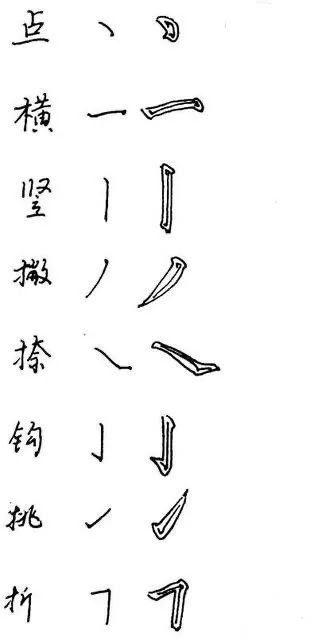
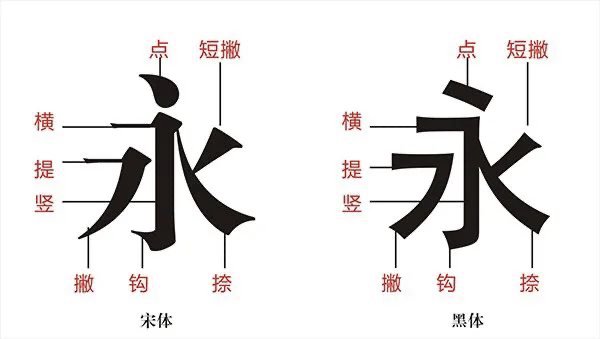
Understand the significance of learning regular script, understand the role of regular script in the process of learning practical hard-pen calligraphy, grasp the degree of learning regular script, master the basic strokes and writing methods that constitute Chinese characters, form a clear method of forming Chinese characters in the mind, and lay the foundation for learning running script. .
1. When making points and writing points, you should "put down the pen lightly, put the paper heavily, take the momentum far away, and withdraw quickly."
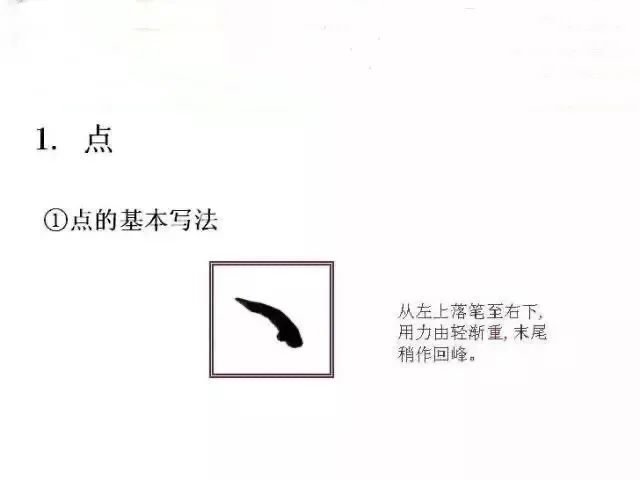
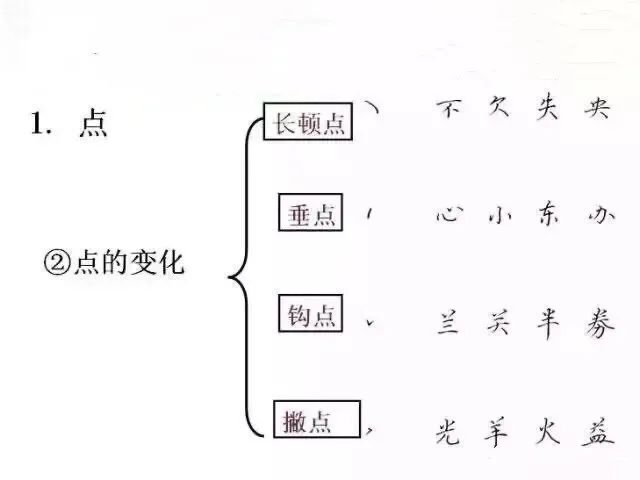
2. Horizontal, plays the role of horizontal beam in characters, and should be written neatly. When writing, the steps of starting, moving and closing the pen should be clear. Its shape is: the middle section is slightly thinner and cannot be written as a horizontal straight line. It needs to be tilted upward from left to right, commonly known as shoulder carrying.
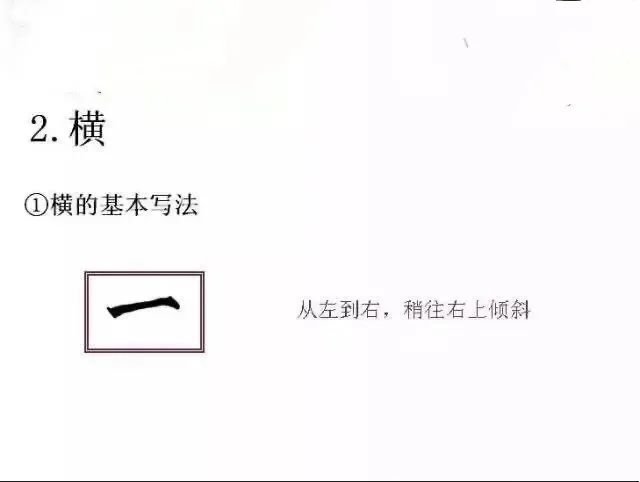
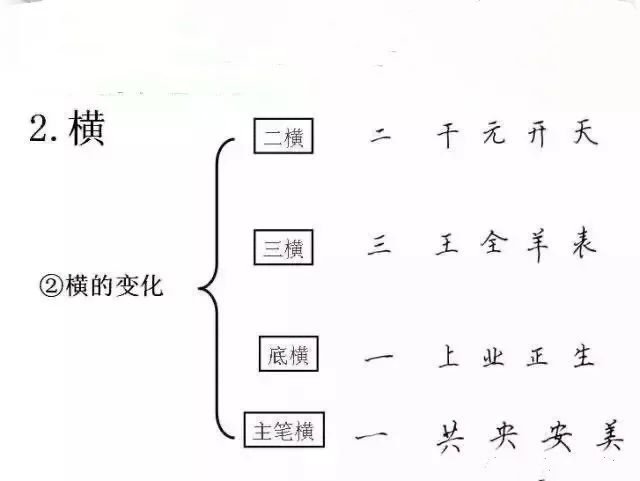
3. Upright, it plays the role of support, and the key to write should be straight and straight. It has two shapes: "hanging dew vertical" and "hanging needle vertical". When the pen is hanging vertically, it will not produce a sharp edge. When the pen is hanging vertically and the pen is retracted, it will quickly produce a sharp edge. The vertical writing should be straight with a twist. If it is straight, it will look weak.
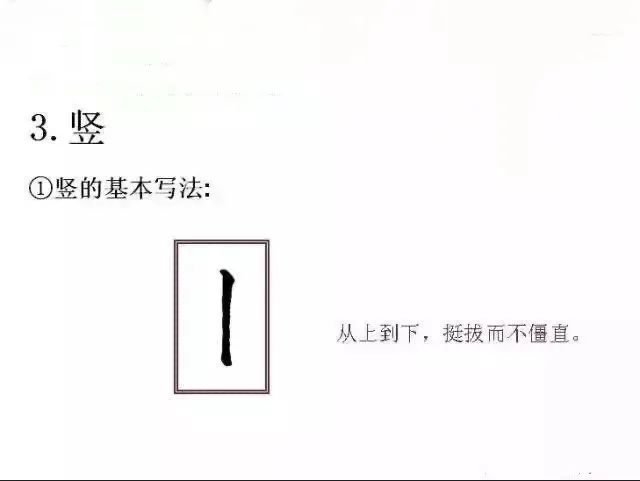
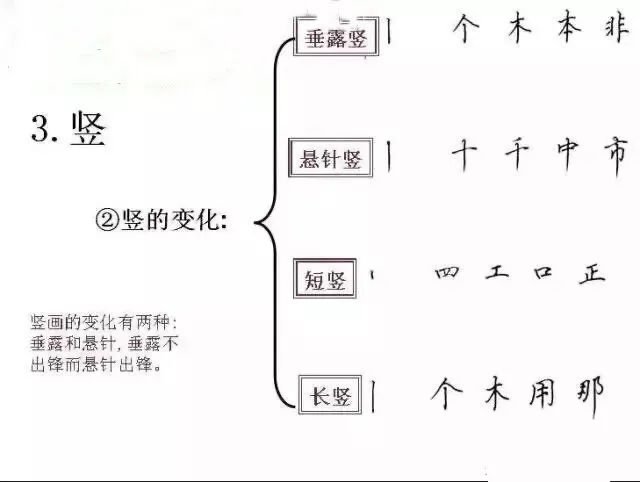
4. Yi, Yi and Na are the two wings of the character. They should echo left and right and be symmetrical. The stroke is a stroke extending to the left. It should be written with a relaxed posture, a moderate curvature, the beginning and end of the same thickness, and the strength of the stroke should be focused on the tip to make it both free and solid.
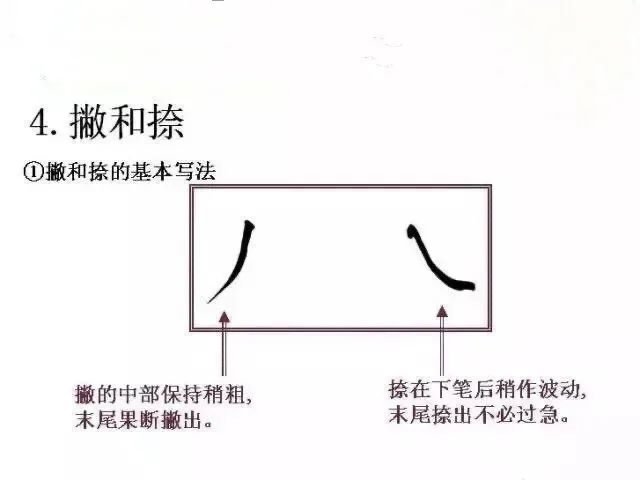
Na, Na is the opposite of Bi, it is a stroke to the right. It is made into a wave shape, with the potential of twists and turns. The top line of Na should be written diagonally and straight, not concave. The corners should be plump.
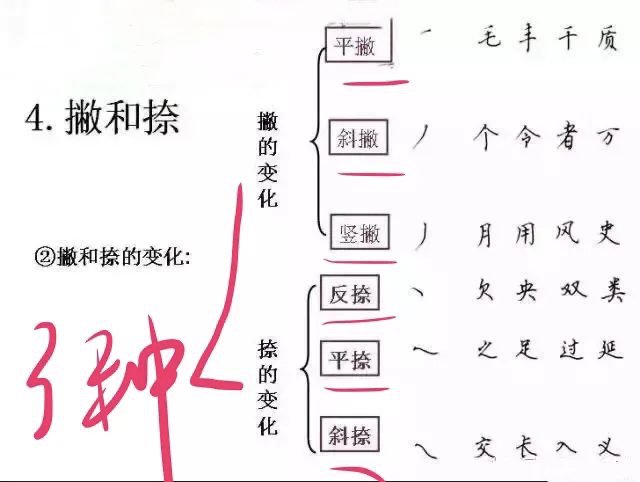
5. Hook, the hook is an auxiliary to other strokes, but it must be full and sharp in order to add brilliance to the main stroke.
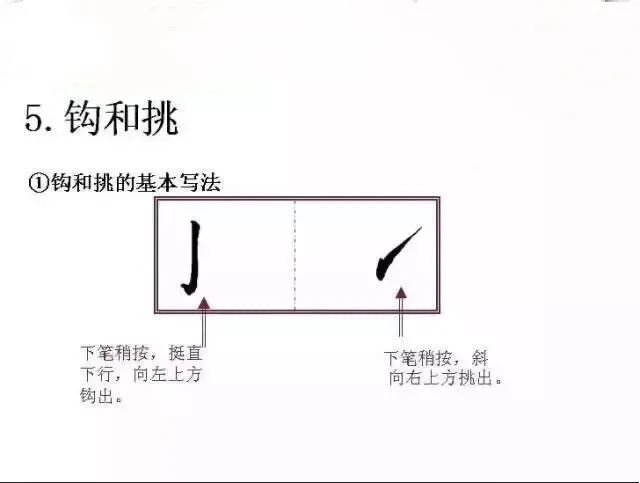
Lift, also called pick, is a stroke drawn from the lower left to the upper right, with an upturned posture. Draw the pen to the upper right in a calm and powerful manner, gradually increasing the speed and constricting the tip of the pen. To the tip of the pen. When attacking, it is better to be fast than slow.
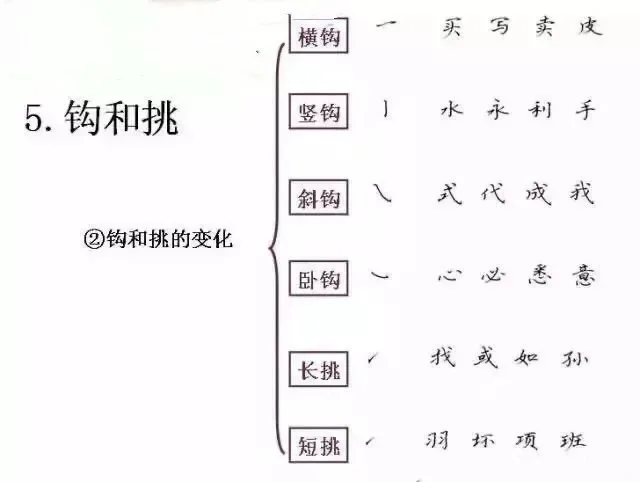
6. Fold, the fold is the square corner where the horizontal and vertical connections are made. Regular script has many folds, and writing them well is one of the basic skills of writing regular script well. When writing folds, stroke the pen to the corner and lift and press it separately to make the words beautiful. Do not write in a 90-degree right angle shape.
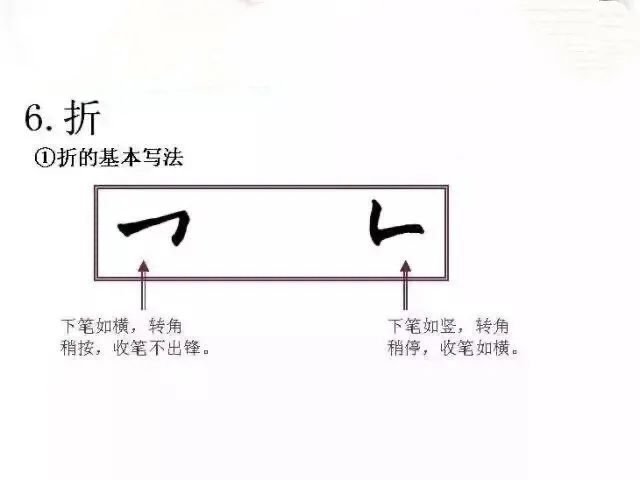
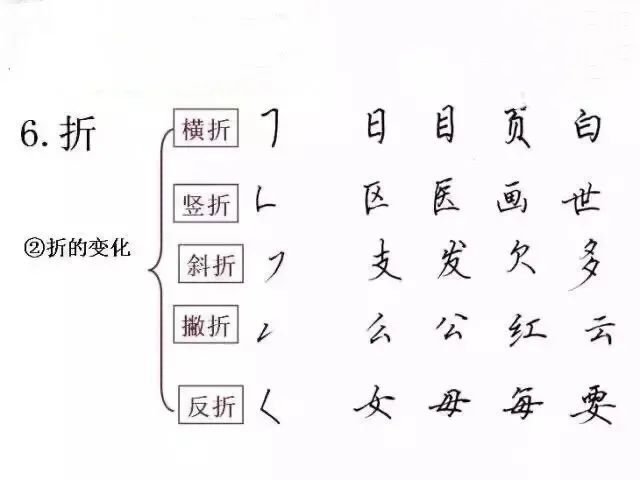
The above are 8 basic strokes. Beginners to calligraphy should practice these eight strokes thoroughly. Some people may think that writing stroke by stroke like this will slow down the progress of writing. In fact, on the contrary, if you learn these eight basic strokes, you will learn by analogy, draw inferences from one instance and grasp the rules of writing faster.








